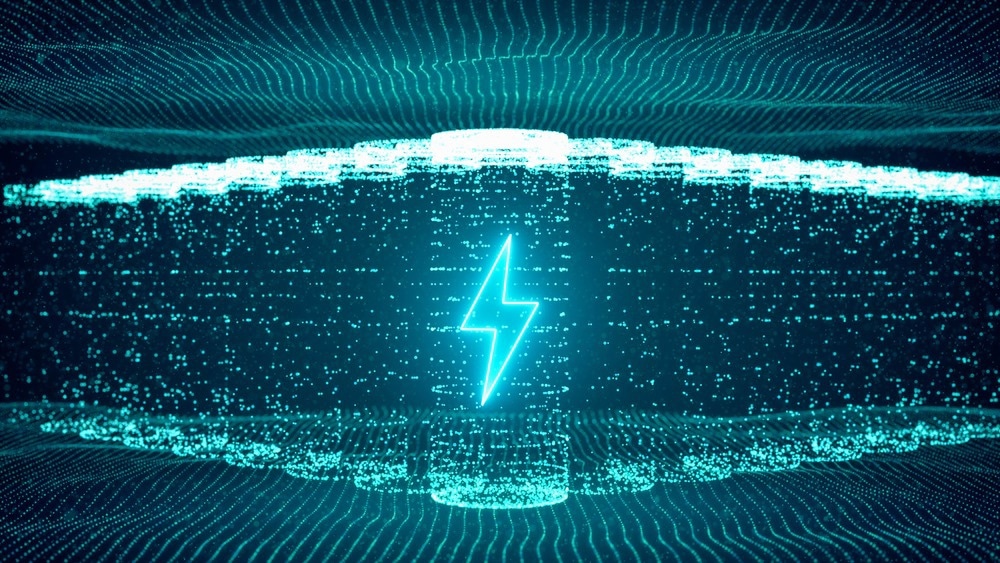Researchers in Taiwan have conducted a study delivering promising results that could open doors to a circular economy for waste batteries.

Image Credit: Black_Kira/Shutterstock.com
Batteries are needed in almost every electronic device in one form or another. Although rechargeable batteries have grown in use and popularity, single-use batteries remain commonplace in daily life for powering smaller or older appliances. Although the process for recycling spent single-use batteries is established, with discarded batteries still containing residual energy, can more be done to improve battery recycling so that this energy is recovered?
Zinc-carbon and alkaline batteries are commonly used in many self-powered devices. These batteries are no longer usable once discharged. Around 15 billion batteries are produced and sold each year globally. Some discarded batteries are recycled to recover precious metals, but most batteries end up in landfills and can become household hazardous waste.
While these depleted batteries do not carry enough energy to power electrical devices or tools, they often contain residual energy. This excess energy can be as high as 50% and is not usually recovered.
Recovering Energy in Spent Batteries
Researchers from the National Cheng Kung University (NCKU) in Taiwan proposed the SAPD method to reutilize the residual energy from discarded single-use batteries.
Standing for “self-adaptive pulse discharge”, the method determines a waste battery's pulse frequency and duty cycle — two key parameters determining the discharge current of a spent battery. The higher the discharge current, the higher the amount of energy recovered.
The researchers built a hardware prototype based on their proposed approach to recover the remaining energy of a battery bank that could hold 6-10 batteries from various brands. From this study, the team recovered up to 1455 J of energy with a recovery efficiency between 33% and 46%.
The team found that 50% of its energy could be recovered using the SAPD method for a discharged single-use battery. The energy recovered from using the short-circuit discharge (SCD) method was 32%. This increased to 54% when the two methods were combined.
The two methods showed different discharge rates: at the beginning of the discharge cycle, the SCD method had the highest discharge rate, and at the end of the discharge cycle, the SAPD method had the highest discharge rate.
The team recovered energy from a few discarded AA and AAA batteries to further validate the feasibility of their proposed method. While the team recovered up to 41% of the energy from discarded batteries, Professor Chien-Hsing Lee, the lead researcher in the study, highlighted that the recovered energy would increase significantly if a more significant number of discarded batteries was used instead of a single spent battery.
Professor Chien-Hsing Lee further speculated, “The model and the prototype developed can be applied to battery types other than AA and AAA. In addition to different types of single-use batteries, rechargeable batteries, such as lithium-ion batteries, can also be examined to provide more information about the variability among different batteries.”
The Future of Recycling Energy in Used Batteries
The future implications of this study on the recycling options for other types of batteries should not be understated.
Lithium-ion batteries are used in many portable electronic devices. They have become ubiquitous in daily life, which poses new challenges around battery recycling when they approach the end of their service life.
This issue is compounded by the accelerated demand for electric vehicle batteries. It is projected that globally, used batteries will reach 2 million metric tons by 2030. With less than 5% of li-ion batteries being recycled today, the spent-battery problem can only be expected to grow.
Battery manufacturers and researchers have not traditionally focused on improving recyclability due to the lack of a clear path to large-scale economical recycling within the li-ion battery industry. New technologies and solutions, such as the NCKU study, are needed to improve recycling options, help discourage the inappropriate disposal of batteries, and promote reutilization where possible.
A Circular Economy for Batteries
Batteries, particularly single-use batteries, can have significant negative impacts on the environment at the end of their service lives if not recycled. Unfortunately, it will be hard to eliminate batteries in daily life unless more efficient forms of energy are found. There is a growing need to develop technologies and environmentally sustainable strategies to address the issues associated with spent batteries. NCKU’s battery energy recovery research shows promise in delivering a circular economy for batteries.
Read More: Making New Batteries from Old Batteries: The Future of Recycling
References and Further Reading
Lee, C.-H., Cheng, H.-W., Liao, B.-W. and Jiang, J.-A. (2022) An Approach to Recover Energy From Discarded Primary Batteries Before Being Disassembled. IEEE Transactions on Industrial Electronics, 69(6), pp.6247–6257. doi:10.1109/tie.2021.3088367. [Accessed on 17 Sept. 2022].
Jacoby, M. (2019) It’s time to get serious about recycling lithium-ion batteries. [Online] Chemical & Engineering News. Available at: https://cen.acs.org/materials/energy-storage/time-serious-recycling-lithium/97/i28. [Accessed on 17 Sept. 2022].
Disclaimer: The views expressed here are those of the author expressed in their private capacity and do not necessarily represent the views of AZoM.com Limited T/A AZoNetwork the owner and operator of this website. This disclaimer forms part of the Terms and conditions of use of this website.